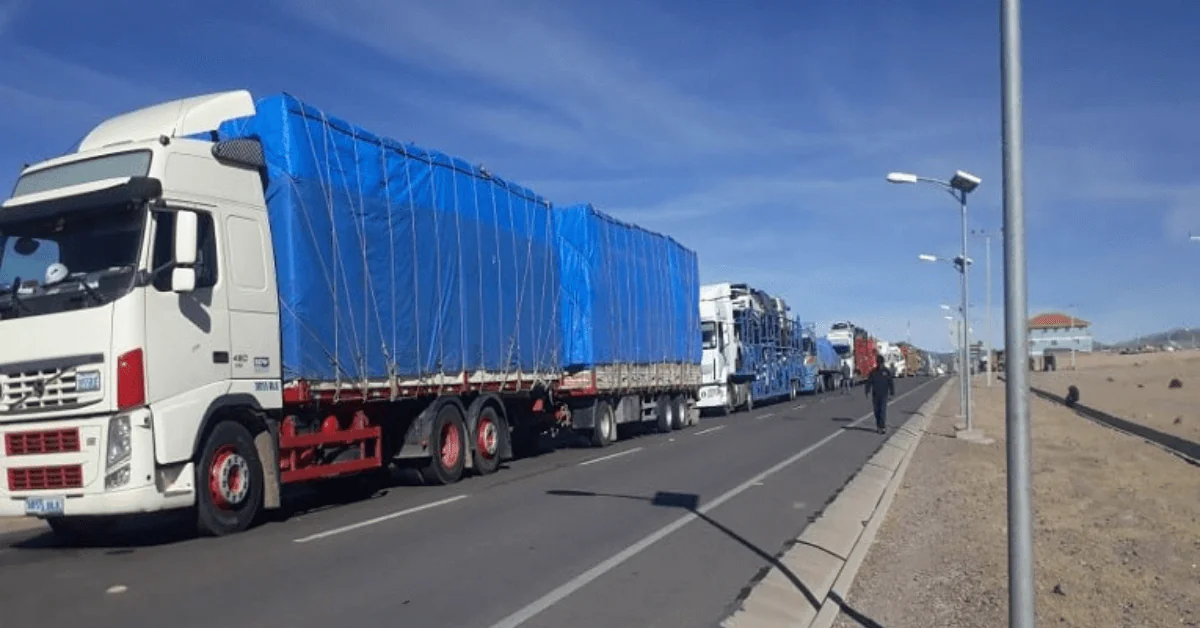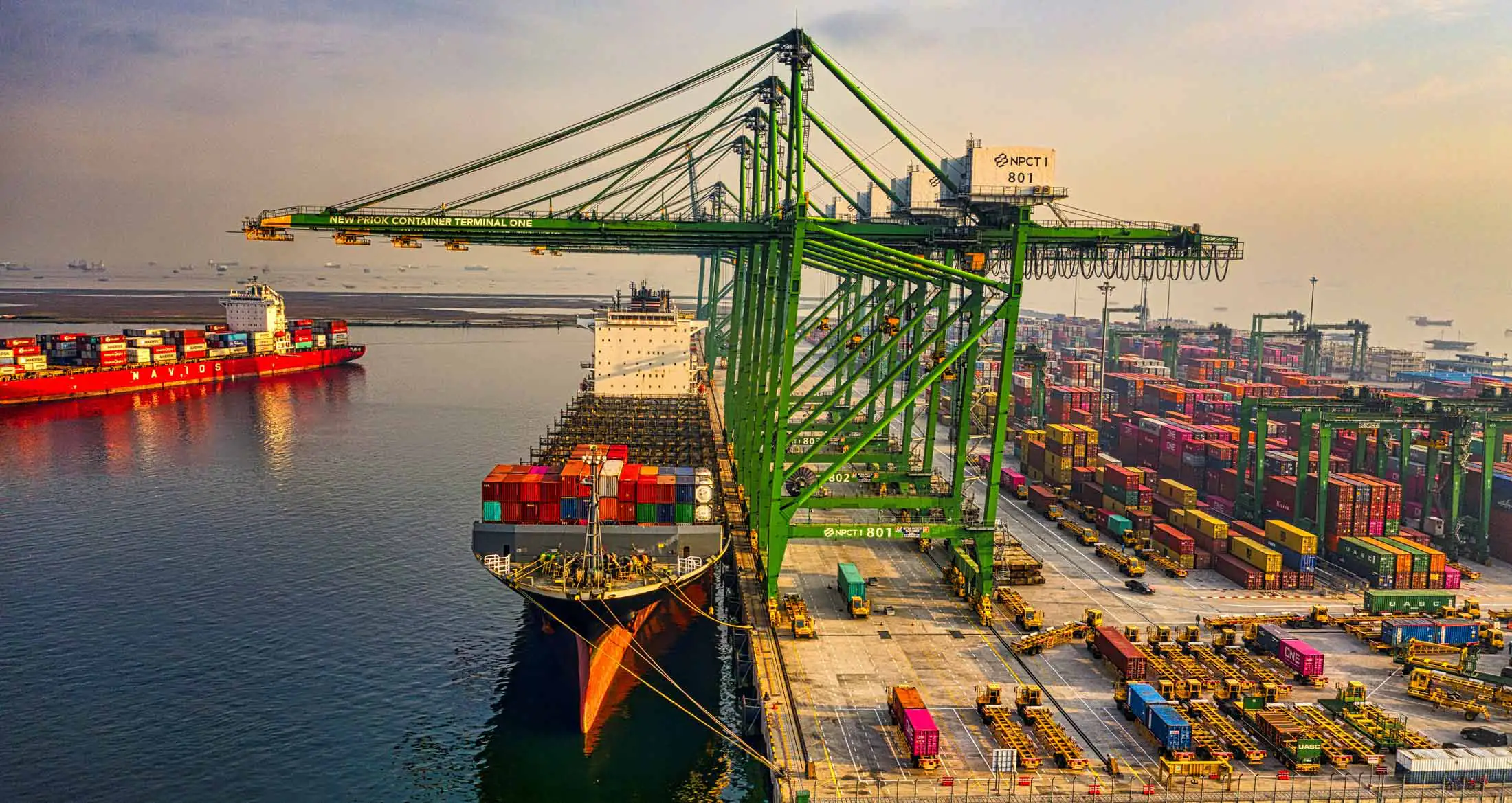Paramètres des cookies
Informations sur les cookies
Les cookies sont utilisés pour améliorer les sites web, afficher un contenu personnalisé et analyser les données des visiteurs. Les cookies techniques sont nécessaires au fonctionnement du site web. En utilisant le site web, vous acceptez leur utilisation.
Cookies techniques
toujours autorisé
Ils fournissent des fonctions essentielles du site web, telles que la sécurité, la gestion du réseau, l'accessibilité et les statistiques de base sur le trafic. Vous pouvez désactiver les cookies techniques dans les paramètres de votre navigateur, mais cela peut avoir une incidence négative sur la fonctionnalité du site web.
Des outils tiers (tels que Google Analytics) améliorent le fonctionnement des sites web grâce à des informations sur leur utilisation. Les cookies collectent ces informations d'une manière qui ne permet pas une identification directe.













